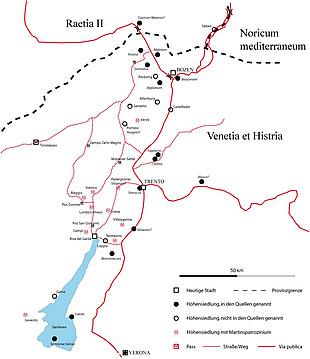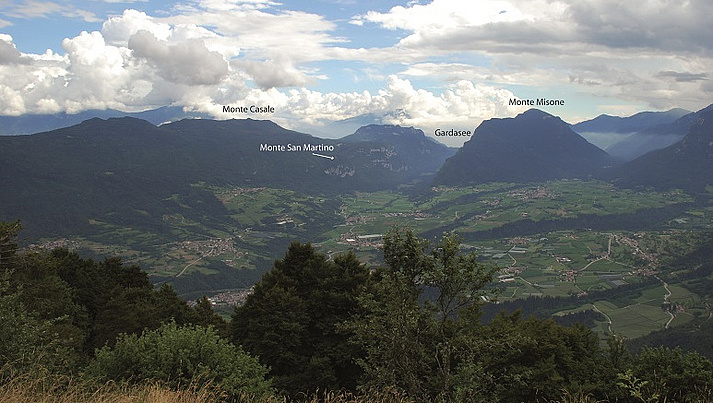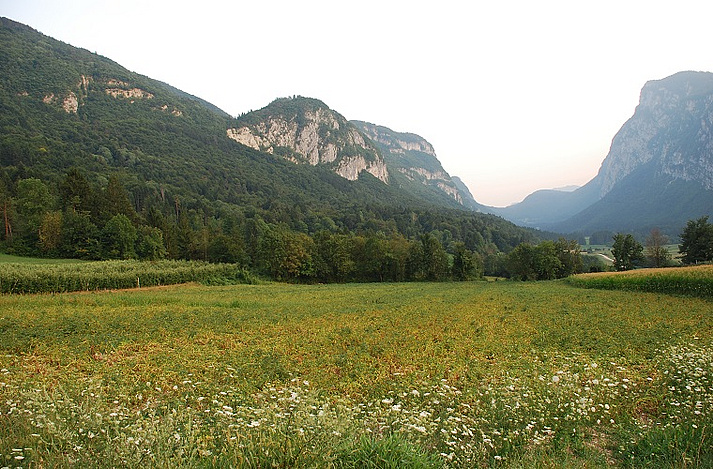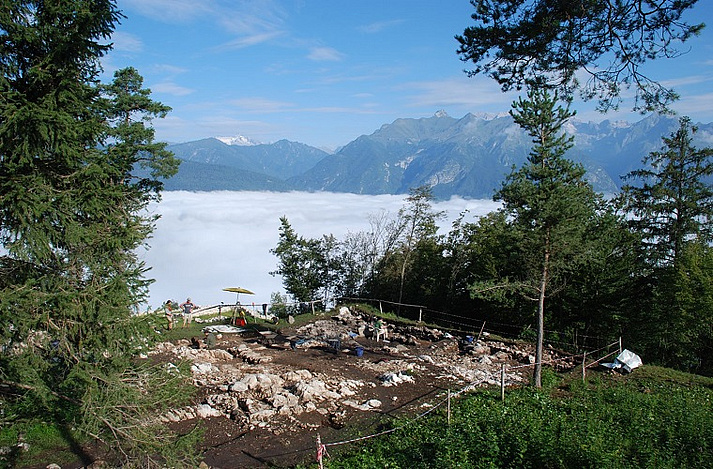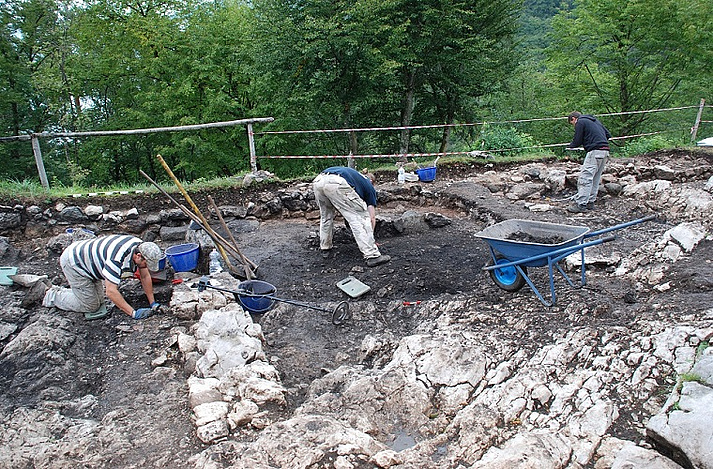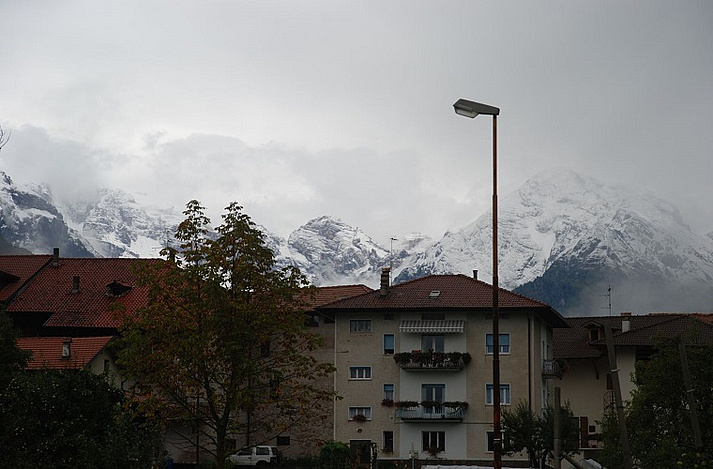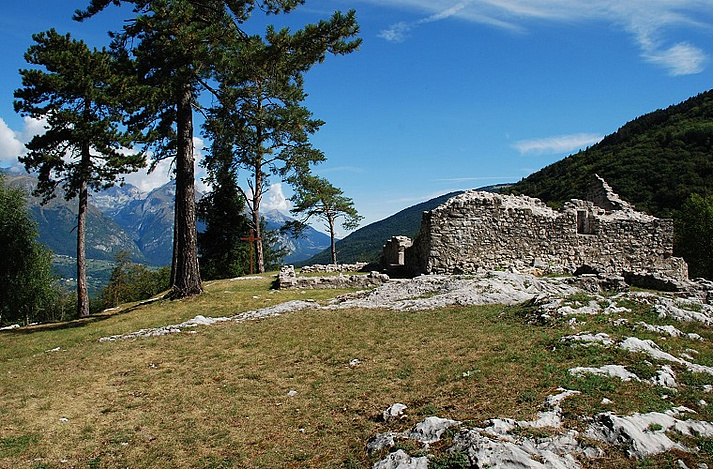Transition form Late Antiquity to the early Middle Ages: Fortified Hilltop Settlements in the Alps
Today South Tyrol and specifically the Trentino represent a very special situation as regards Central Alpine Region research. Not only is it possible to locate numerous hilltop settlements, sometimes they are even known by name due to early medieval records. The current research of the transitional period between Late Antiquity and early Middle Ages in the project “Vergleichende Archäologie römischer Alpen- und Donauländer” takes place in the outer Judicarian Valleys in southwest Trentino. From 2008 until 2015 the fortified hilltop settlement was excavated on Monte San Martino on-site supervision by Marcus Zagermann. In 2016, an excavation campaign was carried out in the valley near the chapel of San Silvestro.
Fortified hilltop settlements can be found in many pre- and protohistoric eras. During the Roman Imperial Period though, they are only known to have started at the end of the third century AD, in a time marked by great challenges like civil wars, inflation and external threats. Back then easy-to-fortify exposed positions became more and more important because of their natural fortification and the often implied long-distance view. They remained important until the onset of the Carolingian Period and therefore represent essential findings in the research of an era still rooted in ancient traditions yet in many aspects already anticipating medieval developments.
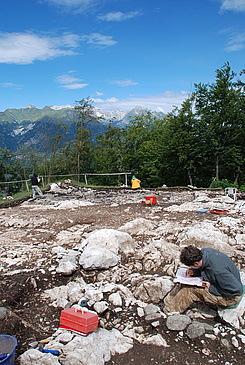
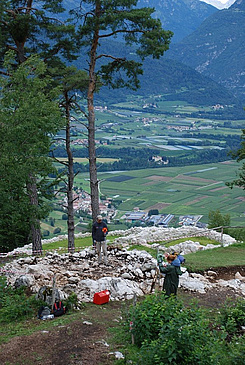
Castra in Trentino: Key findings until the Onset of the Carolingian Period in Italy
In Trentino numerous of these small fortifications are known. Paulus Diaconus, a historian from the Carolingian Period, gives account of the unsettled years in the late sixth century: from north of the Alps Franconians raided the area back then under Lombardian reign: In 590 AD they abducted civilians from fortified hilltop settlements (castra) and extorted ransom from the families.
Historians and archaeologists agree on considering the castra to be key findings of an era in between the end of West Rome and the onset of the Carolingian Period in Italy. Much debated though are chronology, function, the historical settlement environment and many more characteristics of these sites. The debate is intense but above all it lacks reliable findings, since throughout the studied region no site had been researched extensively with modern technology so far.
New Research Impulses
The project is supposed to comply with this desideratum and provide new impetus to the research of this time period and its most important questions: What were those small fortifications intended for? How did they change over time with regard to function and construction? When were they built and who initiated it? Did they combine military, administrative and civic components? What was their influence on the developed landscape around them?
Cooperating with the Trentino Monument Preservation and the Comano Terme Municipality
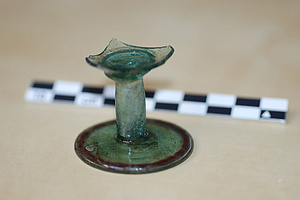
Excavations on Monte San Martino lasted from 2008 until 2015. A major part of the site was exposed during that time. Excavation was pursued in cooperation with the Trentino monument preservation, already working there since 2004 and with the support of the municipality of Comano Terme on site. Aerial photographs and Airborne Laserscans provided a pretty good idea of the structures’ good preservation. Cooperations and many years of campaign granted an almost complete exposure, something that had not happened so far with comparable sites. In advance preparation Manfred Stephani (TU München) developed a contour line map and a basic survey as a foundation for all other plans to follow.
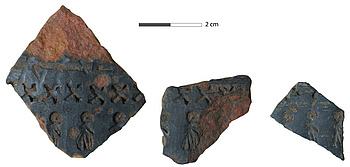
During the summer and fall campaigns, students of archaeological disciplines did not only enjoy a welcome diversification in their everyday study routines, but also a perfect supplement for their education. In 2008 an average of eight staff members worked during 52 weeks of excavation completing various tasks of archaeological field work: from heavy duty earthworks in the beginning to carefully exposing layers with delicate instruments later on. And there was also the tachymeter based documentation, hand drawings, describing structures and exposed layers as well as finally processing the finds.
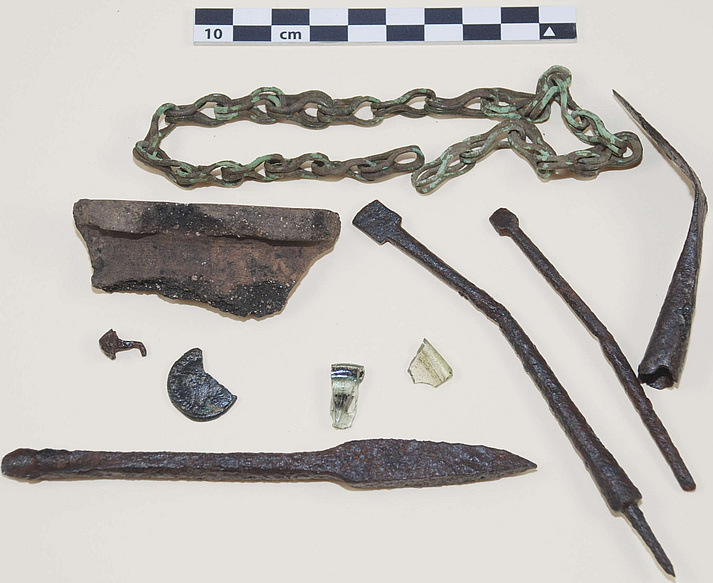
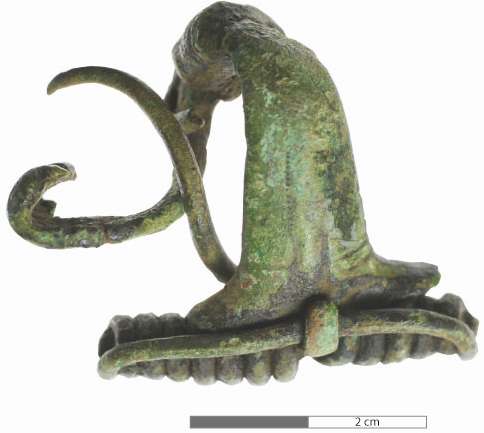
Interdisciplinary Work Creates Important New insights
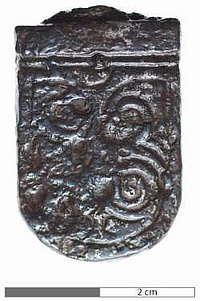
Excavations in the hilltop settlement are complemented by researches in the valley. Including the known findings and finds helps to gain new insights in the development of settlements within the mountains settlement cluster. Pollen analysis in the bogs of Lomasona and Fiavè complement this picture from a climate and vegetation history point of view since it has not been clarified at all, how the newly founded fortifications affected their environment. For a long time, it has been discussed, if the building of castra basically led to abandonment of the villages in the valley and if the population moved up to the hilltop altogether. This clearly defined settlement cluster will allow for an ideal exemplary research of this issue.
The excavations on the Trentino Monte San Martino involve various disciplines working hand in hand, archaeology, humanities, botany and climatology, just to name a few. Together they develop a clearly defined picture which in the end will probably come up with a bundle of new questions.

